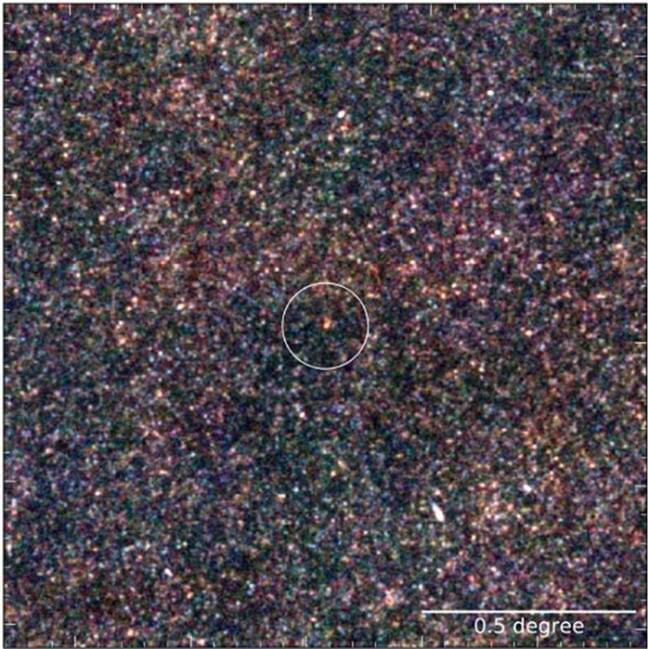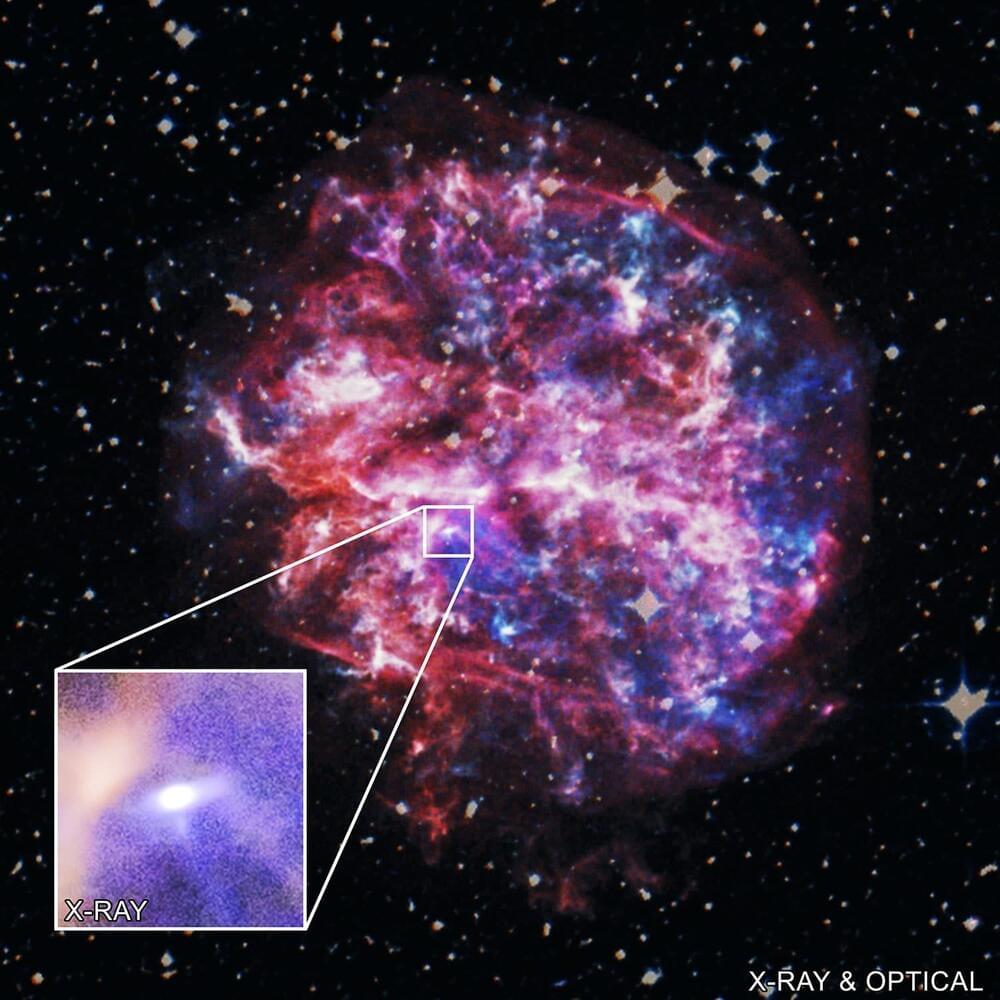As they probe the secrets of the cosmos, scientists question whether our reality is but one in a multiverse.
Archive for the ‘cosmology’ category: Page 199
Jun 22, 2022
Gravitational Wave Events With Split Personalities
Posted by Saúl Morales Rodriguéz in categories: cosmology, physics

Deep Follow-up of GW151226 — an ordinary binary or a low-mass ratio merger?
Now that we’ve been detecting gravitational waves.
Continue reading “Gravitational Wave Events With Split Personalities” »
Jun 21, 2022
Researcher uses math to investigate possibility of time travel
Posted by Dan Breeden in categories: cosmology, education, mathematics, physics, time travel
After some serious number crunching, a UBC researcher has come up with a mathematical model for a viable time machine.
Ben Tippett, a mathematics and physics instructor at UBC’s Okanagan campus, recently published a study about the feasibility of time travel. Tippett, whose field of expertise is Einstein’s theory of general relativity, studies black holes and science fiction when he’s not teaching. Using math and physics, he has created a formula that describes a method for time travel.
“People think of time travel as something as fiction,” says Tippett. “And we tend to think it’s not possible because we don’t actually do it. But, mathematically, it is possible.”
Jun 21, 2022
Can wormholes act like time machines?
Posted by Dan Breeden in categories: cosmology, physics, time travel
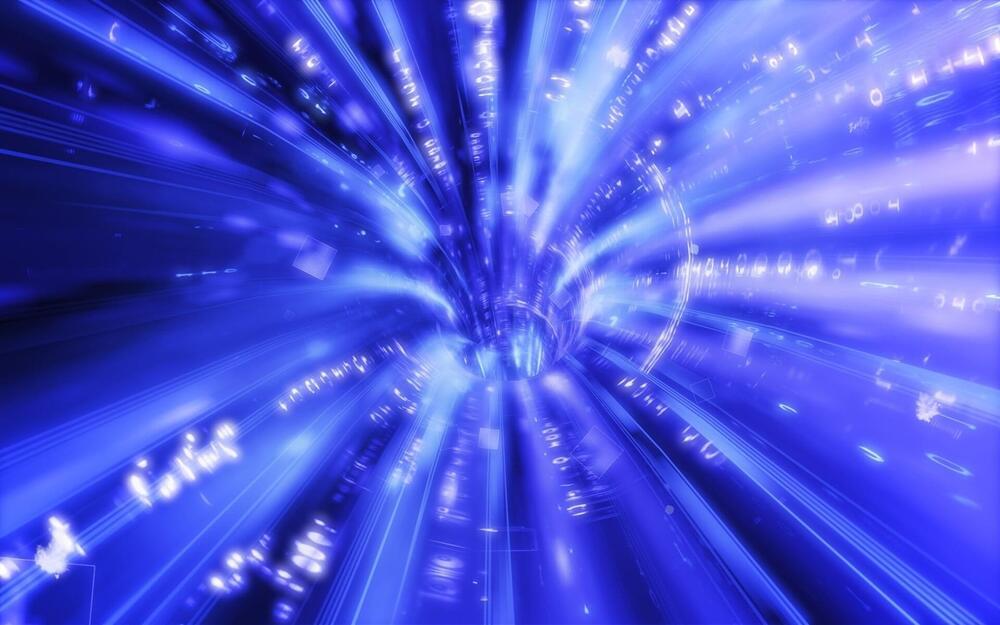
https://youtube.com/watch?v=V9Id-Ayy12g
Time travel into the past is a tricky thing. We know of no single law of physics that absolutely forbids it, and yet we can’t find a way to do it, and if we could do it, the possibility opens up all sorts of uncomfortable paradoxes (like what would happen if you killed your own grandfather).
But there could be a way to do it. We just need to find a wormhole first.
Jun 21, 2022
What Was Before The Big Bang- The Big Bang Theory- Beginning of The Universe- Black hole- multiverse
Posted by Dan Breeden in categories: cosmology, particle physics, singularity
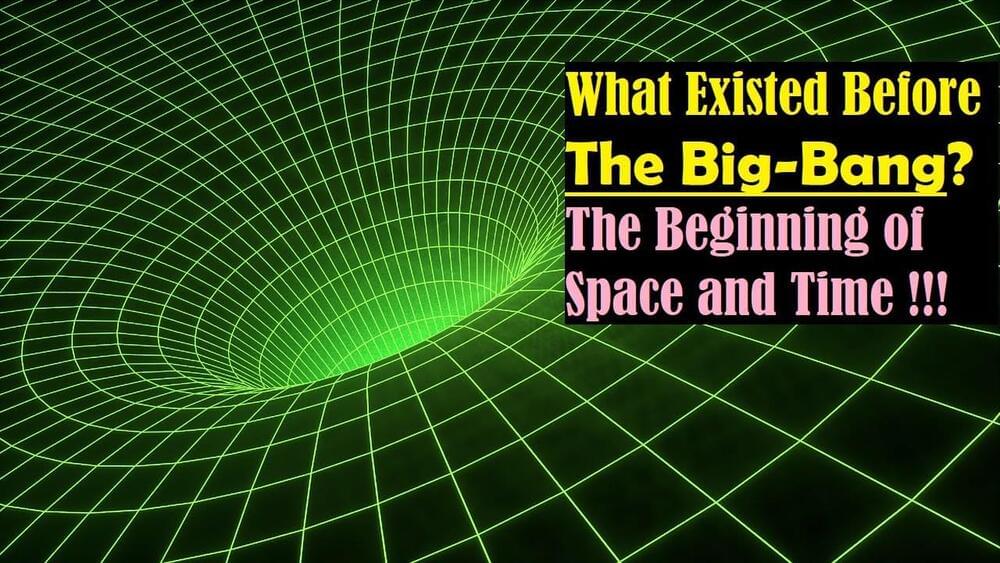
According to Big Bang Theory, About 13.7 billion years ago, our entire universe existed as a singularity. It is really Difficult to imagine, how all the matter in the universe and space itself, existed in a form smaller than a subatomic particle.
But here, even more difficult question suddenly arises: What existed before the big bang?
Actually it doesn’t make any sense to ask, what happened before the big bang, as it is believed that time itself did not exist before the big bang!!! Space and time both were created after the big bang.
It is something like asking, what part of earth is north of the north pole. The north Pole is the most northern point on earth and so there is nowhere north of it.
But there is also possibility that something was there before the Big Bang happened
According to the “the big Bounce” theory, our universe is the recycled result of another universe, that dies and.
collapses in on itself. This collapsing universe would come back to a singularity before bouncing back out. It results in the big bang and a brand-new universe is again created.
But there is a problem with the big Bounce theory. Actually according to current observations, our universe is constantly expanding faster than ever before. But the big Bounce theory requires the universe to be contracted so that it can reach at the stage of singularity.
Another Possibility is of the parallel universe. According to this theory our universe is not the only Universe that exists. it is one of many universes in the Grand multiverse.
According to some scientists it may also be possible, our universe is at the other end of a black hole called a white hole.
A White hole has properties just opposite to that of the black hole.
In general relativity, a white hole is a hypothetical region of spacetime which cannot be entered from the outside, although matter and light can escape from it. In this sense it is the reverse of a black hole, which can only be entered from the outside from which matter and light cannot escape. Unlike black holes, white holes spew material into space rather than sucking material in.
All that we have discussed here, are the possibilities, what existed before the big bang. Actually we don’t really know, what really caused the big bang and what was present before it. Was there no space and time before Big Bang is also a mystery.
Visit My blog for more information.
https://www.engineeringmadeeasypro.com/
Jun 20, 2022
A massive galaxy supercluster in the early universe
Posted by Genevieve Klien in categories: cosmology, evolution
The structure of the universe is often described as being a cosmic web of filaments, nodes, and voids, with the nodes being clusters of galaxies, the largest gravitationally bound objects known. These nodes are thought to have been seeded by small-amplitude density fluctuations like those observed in the cosmic microwave background (CMB) which grew until they collapsed into the structures seen today. While the CMB is well understood, and the details of present-day galaxy clusters are well-described, the intermediate phases of evolution lack sufficient observations to constrain the models. Traditional galaxy cluster searches assume these objects have had enough time to equilibrate so that the intergalactic gas has heated up enough to be detected in X-ray emission. To detect the more distant galaxies and protoclusters that are too faint to detect in the X-ray, astronomers use their bright infrared or submillimeter emission instead.
The supercluster SPT2349−56, discovered in the submillimeter band by the South Pole Telescope, is so distant that its light has been traveling for over twelve billion years. It hosts over thirty submillimeter-bright galaxies and dozens of other luminous and/or spectroscopically confirmed star-forming galaxies. It is one of the most active star forming complexes known, producing over ten thousand stars per year. One of its bright sources appears to be the merger of over twenty galaxies. The stellar mass of the system, however, was not known, making it impossible for example to know whether the huge burst of stars was the result of an extraordinary efficiency or simply arose because the system was so extremely large.
CfA astronomer Matthew Ashby was a member of a team that has now completed very deep observations at optical and infrared wavelengths to obtain the stellar masses through spectral energy distribution (SED) analyses. They used the Gemini and Hubble Space Telescopes to obtain optical/near infrared flux measurements and Spitzer’s IRAC camera for the infrared flux. In order to model the SEDs, the many point sources detected need to be matched to one another at all wavelengths. This is a complex undertaking, and the scientists describe the processes for doing so while also addressing the serious blending that can occur due to inadequate spatial resolution in the infrared.
Jun 20, 2022
Hubble telescope figures out the trick to weighing a lonely black hole
Posted by Atanas Atanasov in category: cosmology
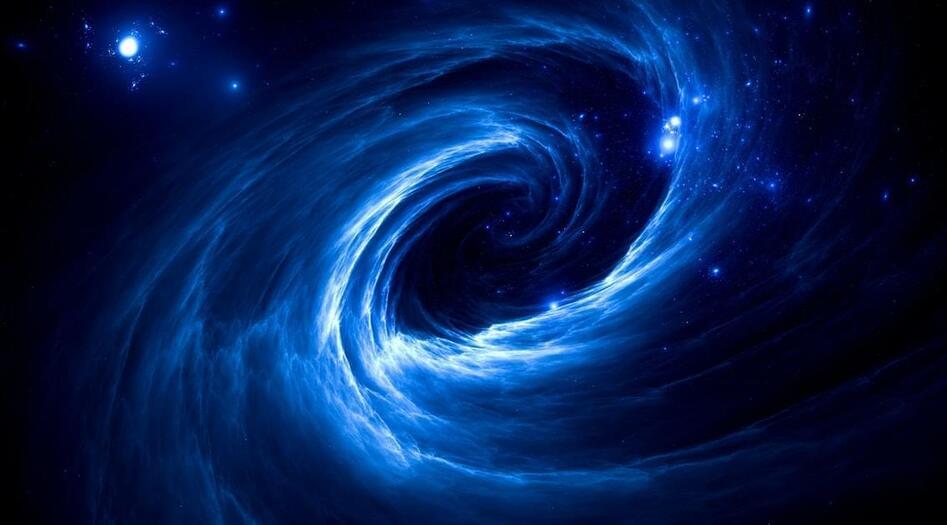
The impressive feat went down without watching it feast.
The team said that the very intense gravity of the black hole will stretch out the duration of the lensing event for over 200 days.
Continue reading “Hubble telescope figures out the trick to weighing a lonely black hole” »
Jun 19, 2022
RECAP] Introducing Sagittarius A Star | Milky Way Black Hole [STREAM
Posted by Alan Jurisson in category: cosmology
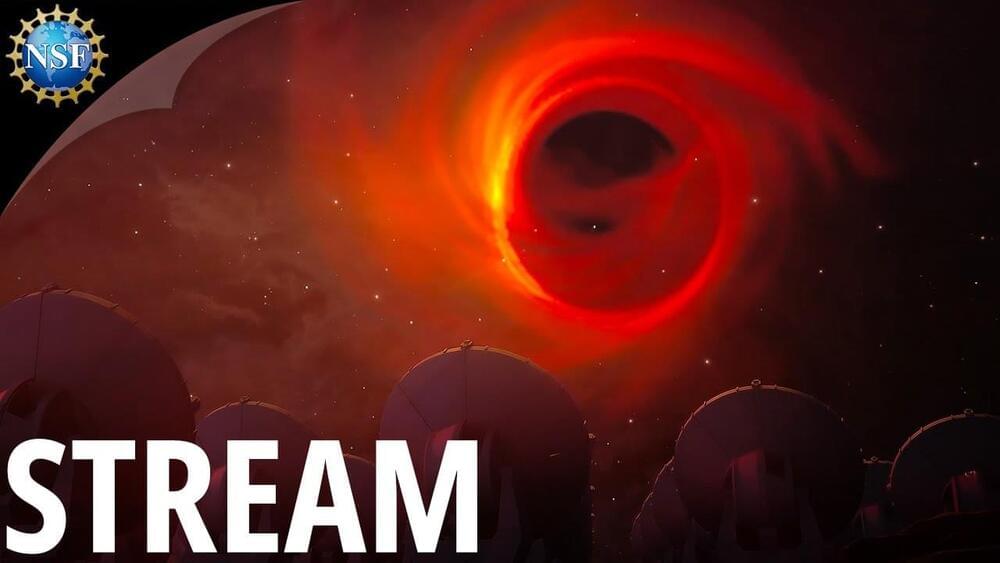
https://www.youtube.com/watch?v=jxvrV4H7-pw
Sagittarius A Star is the supermassive black hole at the center of the Milky Way and for the first time ever, an image of this black hole was captured by the U.S. National Science Foundation and the Event Horizon Telescope Collaboration.
For more information on how scientist used the Event Horizon Telescope to photograph the black hole in the center of our universe, see the video below.
Continue reading “RECAP] Introducing Sagittarius A Star | Milky Way Black Hole [STREAM” »
Jun 18, 2022
A young pulsar is blazing through our galaxy at a speed of over a million miles per hour
Posted by Genevieve Klien in category: cosmology
Pulsars are rapidly spinning neutron stars, highly dense stars composed almost entirely of neutrons. They are formed when massive stars run out of fuel, collapse, and explode.
Recently, NASA’s Chandra X-ray Observatory spotted a young pulsar blazing through the Milky Way at a speed of around a million miles per hour. This pulsar is one of the fastest objects of its kind ever seen.
Chandra observed the pulsar racing through the remnants of the supernova that formed it, G292.0+1.8, around 20,000 light-years away from Earth. The speed of this pulsar is almost 30% higher than a previous estimate of the pulsar’s speed. This speed indicates that the G292.0+1.8 and its pulsar may be significantly younger than astronomers previously thought.
Jun 17, 2022
Did supernovae help form Barnard’s Loop?
Posted by Shubham Ghosh Roy in categories: cosmology, materials

Astronomers studying the structure of the Milky Way galaxy have released the highest-resolution 3D view of the Orion star-forming region. The image and interactive figure were presented today at a press conference hosted by the American Astronomical Society.
Led by researchers at the Center for Astrophysics | Harvard & Smithsonian, the work connects 3D data on young stars and interstellar gas around the Orion complex of star-forming regions. Analysis of the 2D and 3D images, alongside theoretical modeling, shows that supernova explosions within the last 4 million years produced large cavities in the interstellar material associated with Orion.
Continue reading “Did supernovae help form Barnard’s Loop?” »


